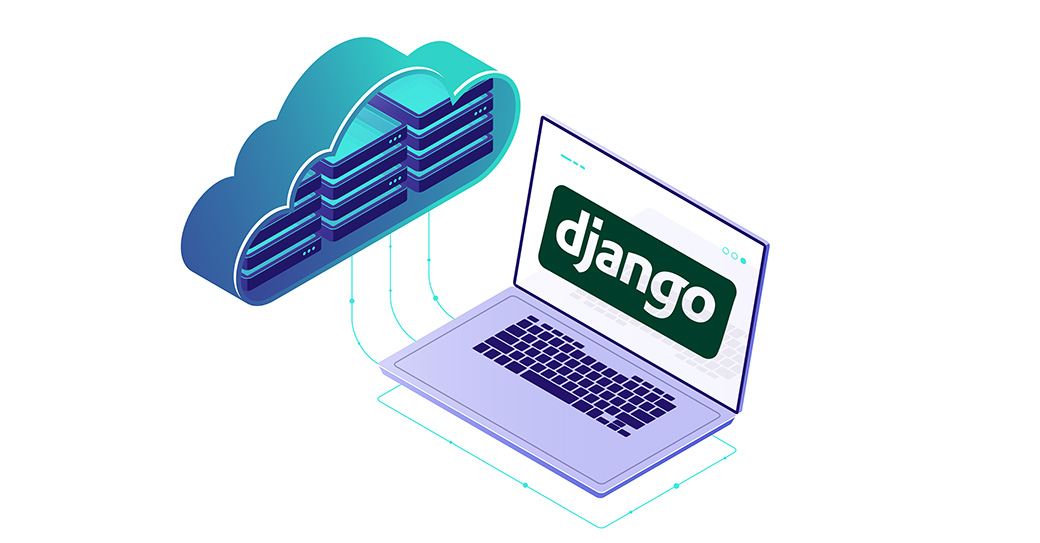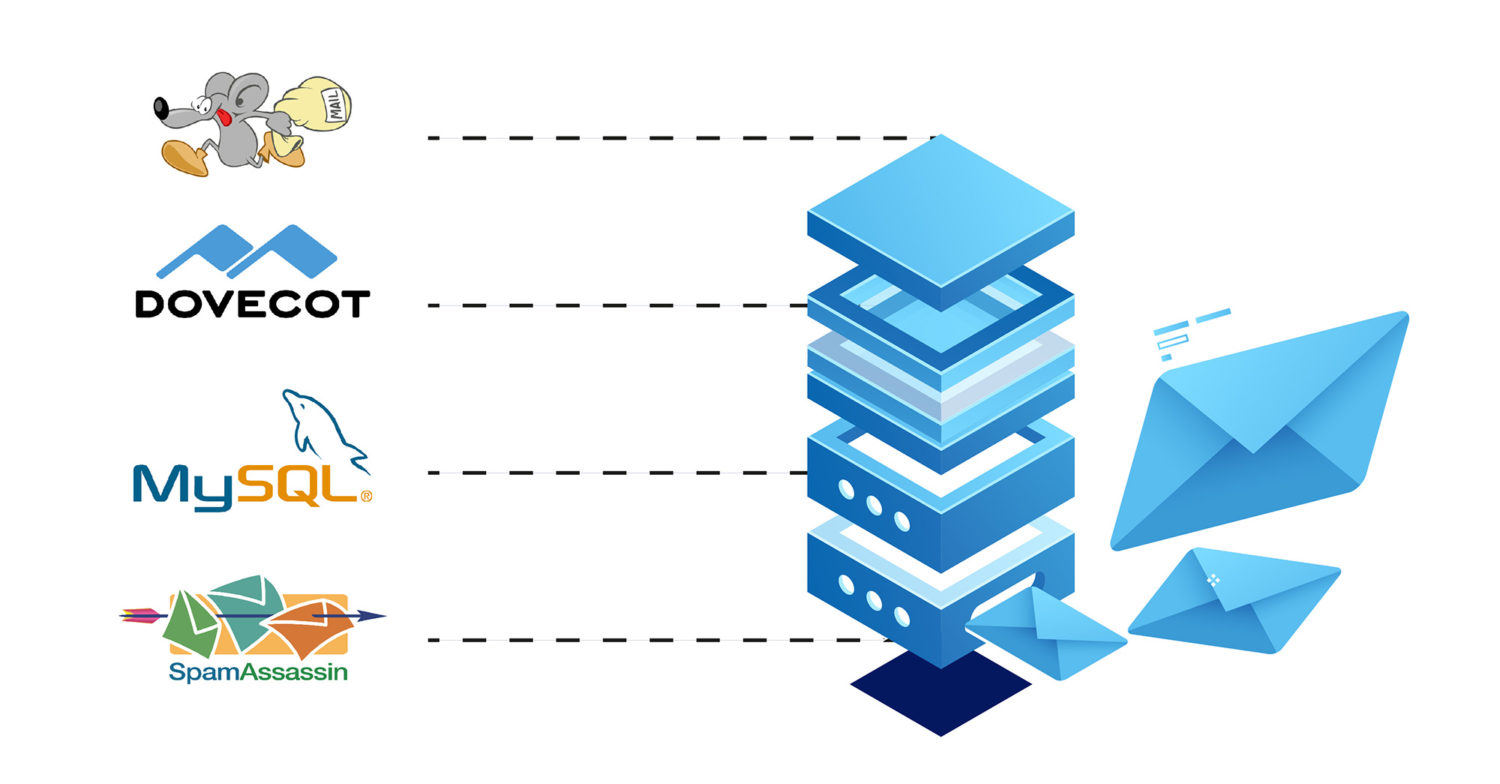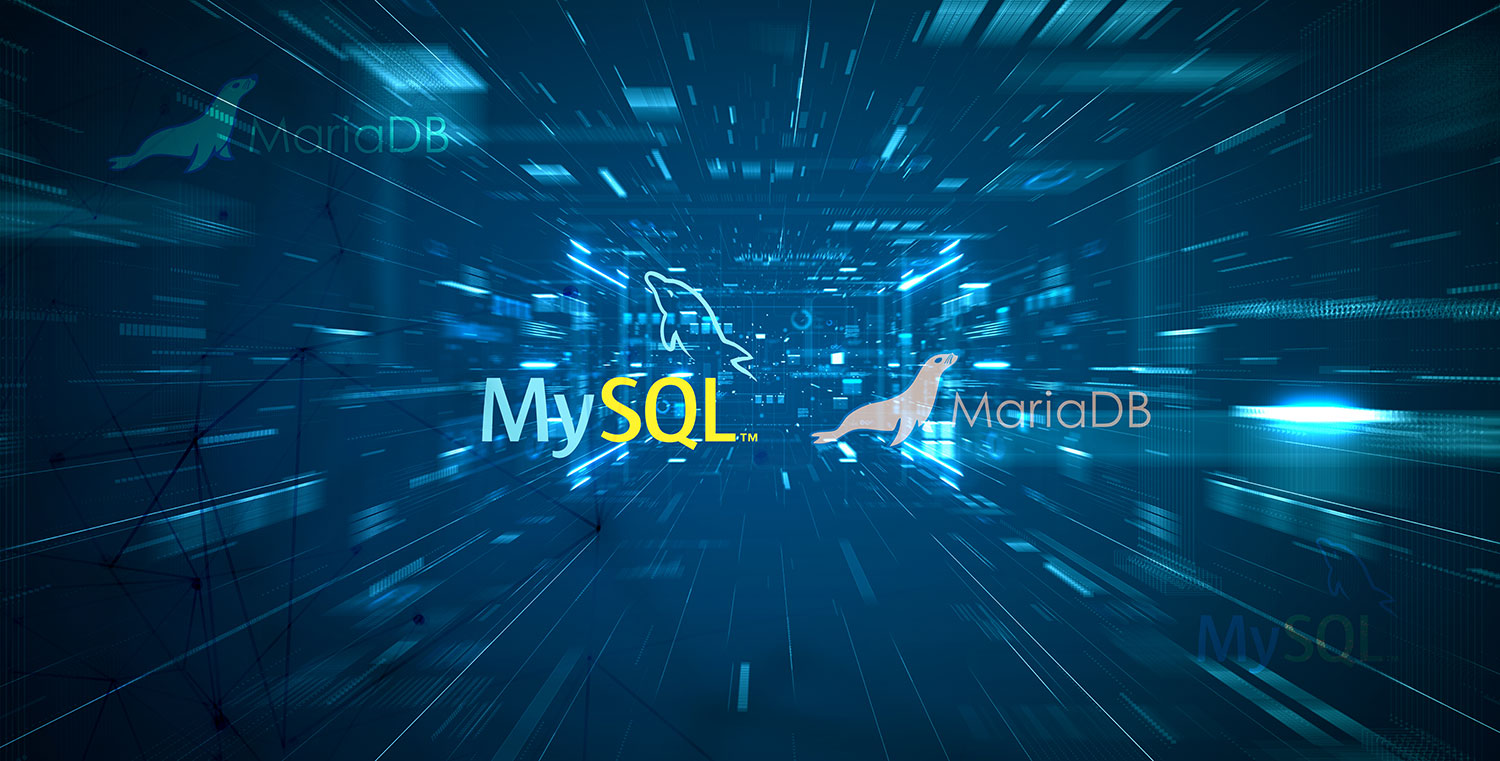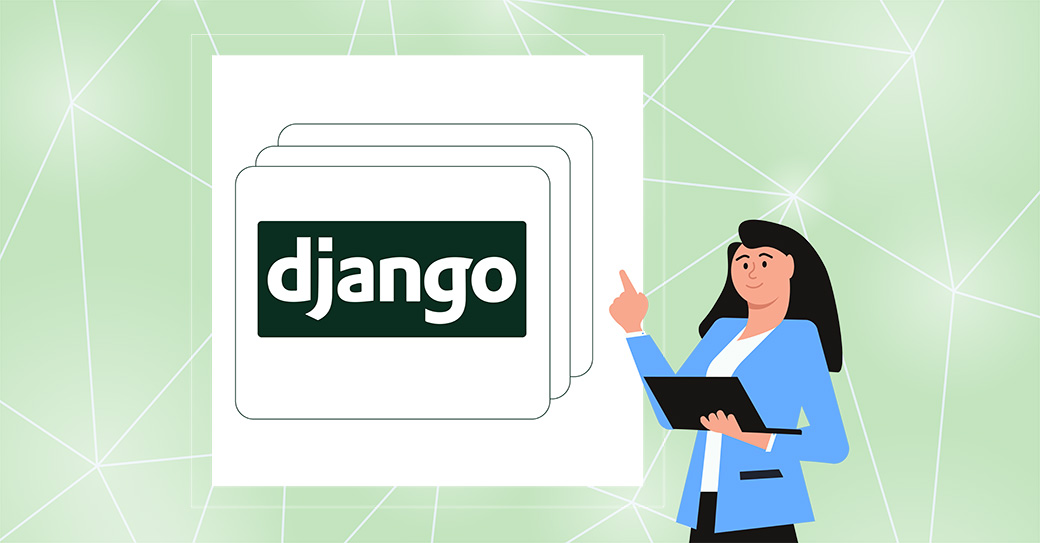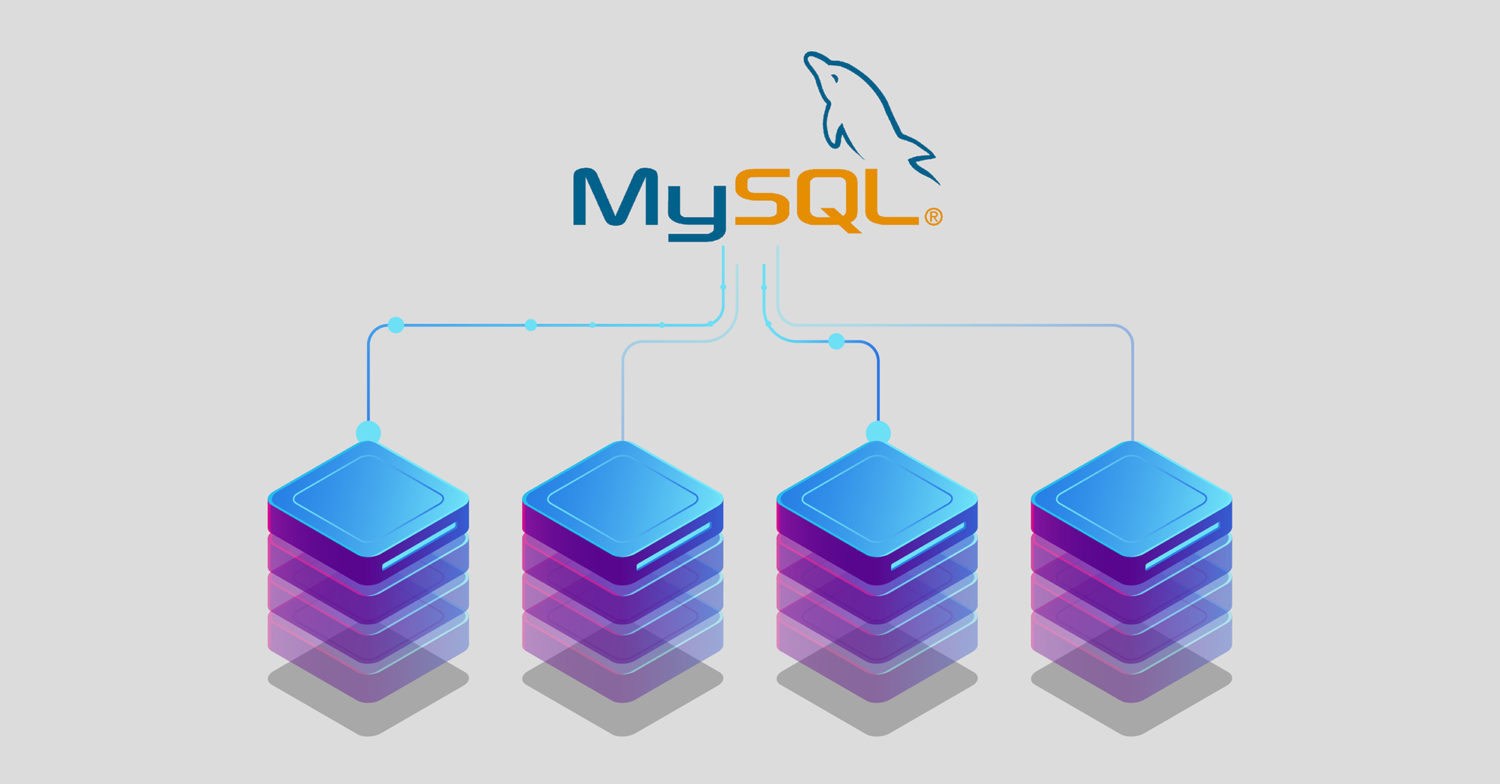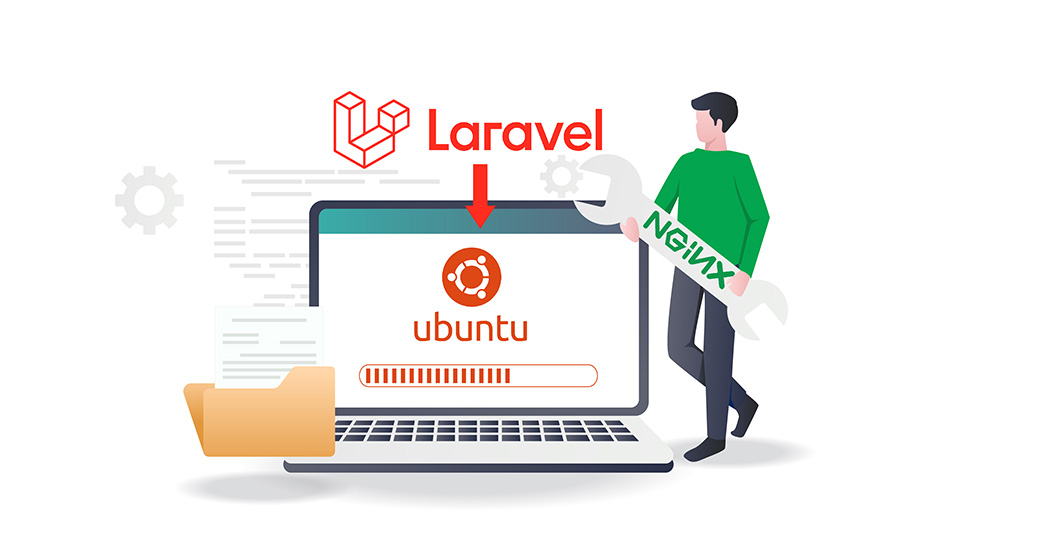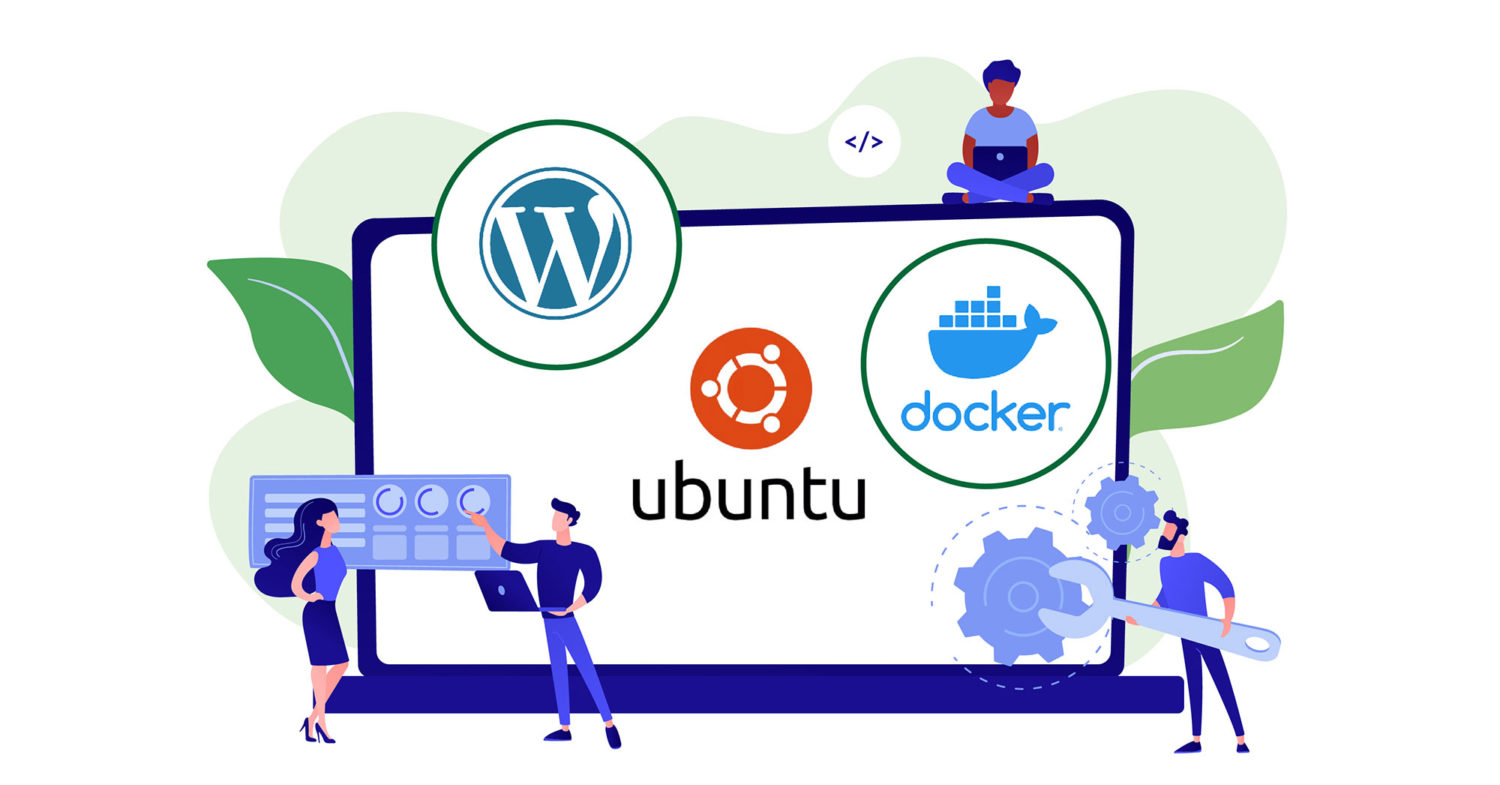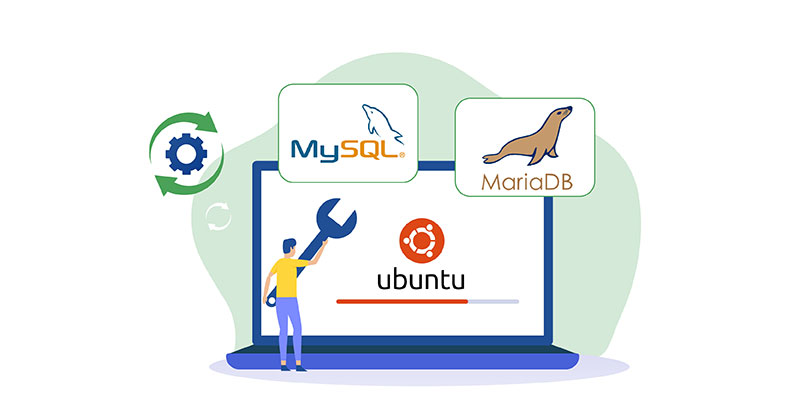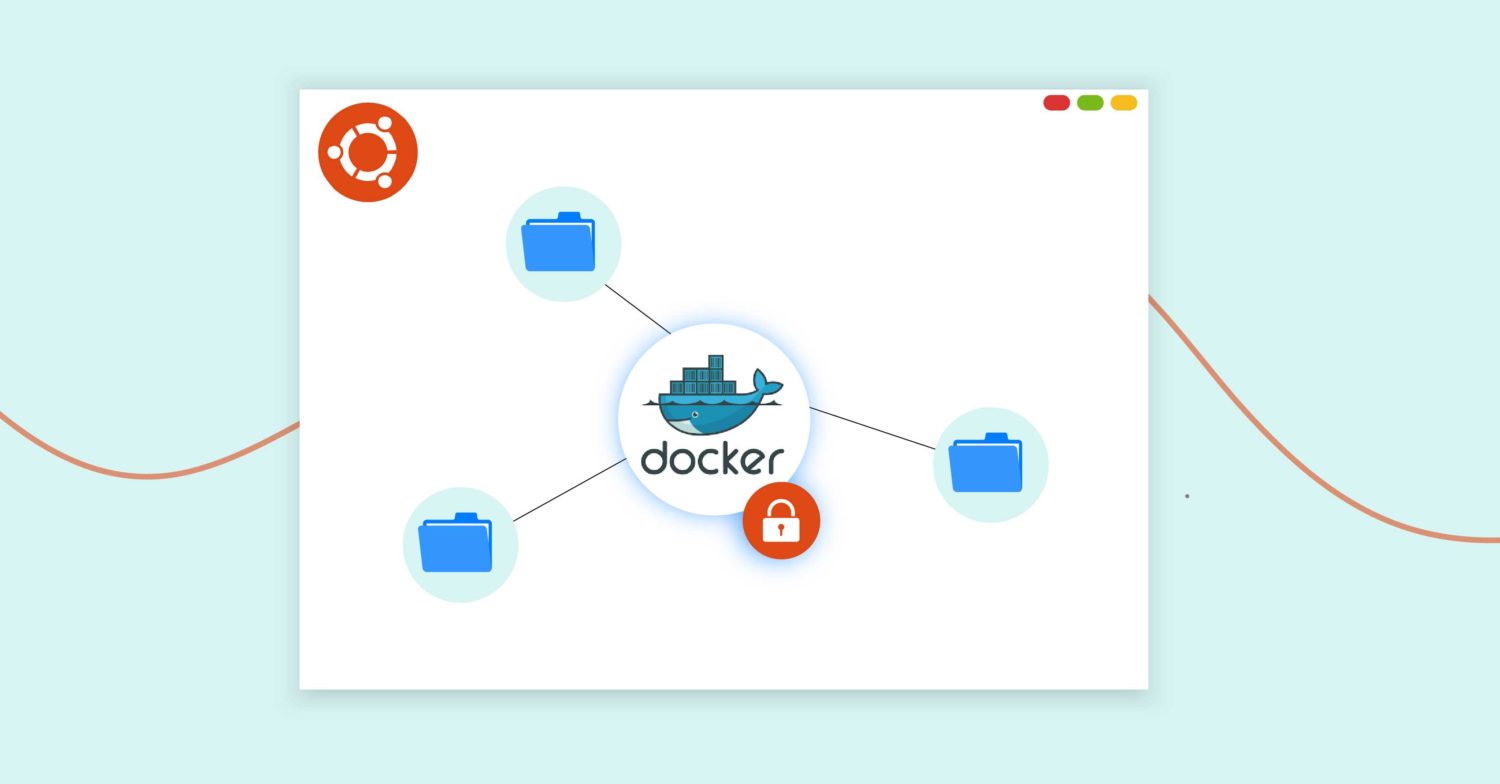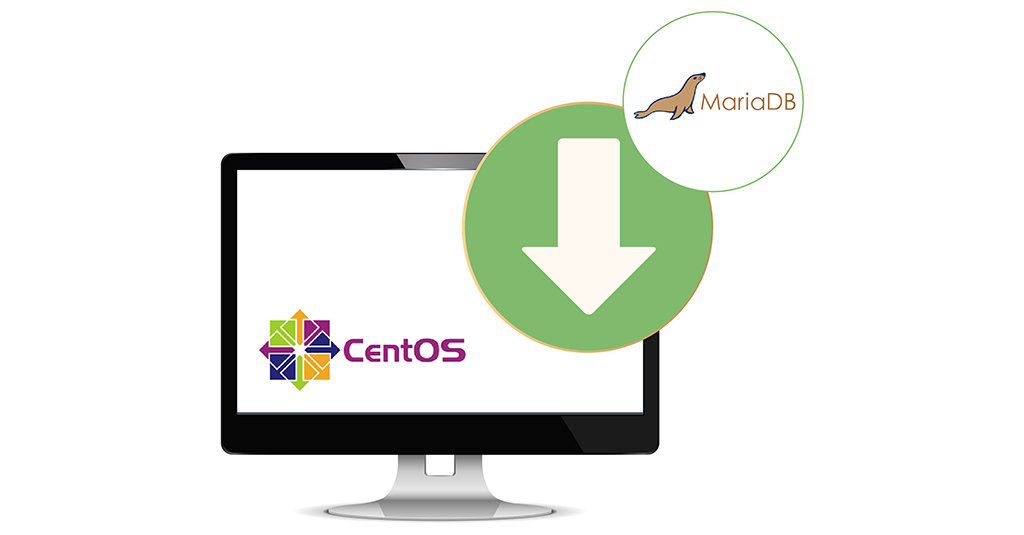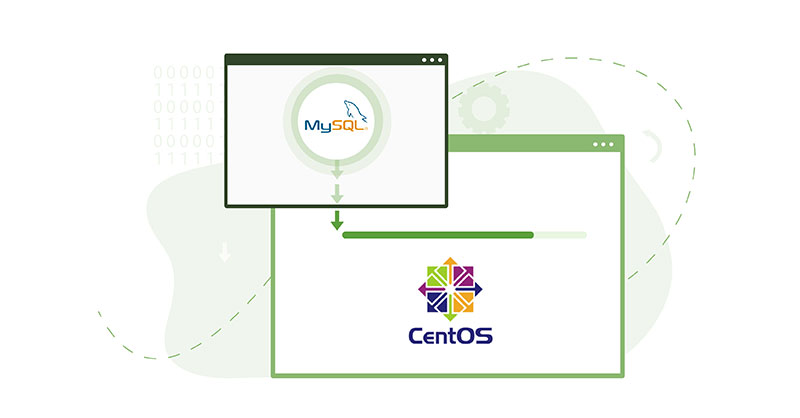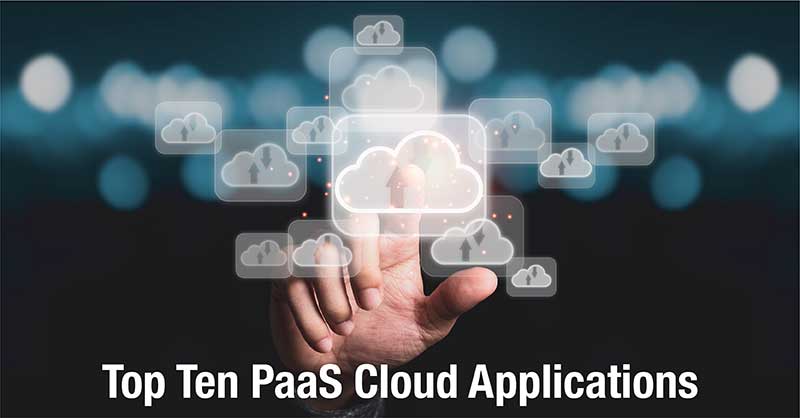Django is a free and open-source web framework built in Python. First published in 2005, Django incorporates the motto of “rapid development and clean, pragmatic design.” The framework, deployed on a web server, can quickly produce a web front-end with rich features, security, and scalability. Any web app relies on databases for its content. Django, being a modern framework, supports …
Mail Server Configuration Tutorial: How to Use Postfix, Dovecot, MySQL, and SpamAssassin
Introduction On Ubuntu 20.04, you can use tools like Postfix, Dovecot, MySQL, and SpamAssassin to configure a mail server. The process can be confusing for someone attempting it for the first time. This tutorial aims to simplify the mail server configuration process for you with detailed steps. At the end of this tutorial, you will know how to add virtual …
Improving Database Availability and Performance: MariaDB/MySQL Auto-Clustering with Load Balancing and Replication
High data availability and consistently good performance are a necessity for modern applications. Database clusterization makes this a possibility. Clusterization is, however, a complex process that requires a lot of experience and expertise. To simplify the task and make it achievable, CloudSigma PaaS allows its users to access auto-clustering for MariaDB/MySQL. In this guide, we will discuss why database clusterization …
Creating Django Models: A Tutorial
Django is a well-known web framework for the rapid development of secure and maintainable websites and web apps. Built using Python, Django simplifies web development, allowing more time and focus on writing apps without reinventing the wheel every single time. Django is a free and open-source project with robust official documentation, great community support, and plenty of free and paid-for …
Setting up Replication in MySQL on Ubuntu
MySQL replication is an interesting feature that allows users to manage multiple copies of one or more MySQL databases. The data is copied automatically from source to replica databases. It can be useful in numerous situations, such as working with the data without compromising the main database, data backup, or scaling the database access, etc. In this guide, we will …
Installing and Configuring Laravel with Nginx on Ubuntu 20.04
Introduction Laravel is a web application framework that comes with a set of built-in tools and resources to develop modern PHP applications. It’s well-known for its reliability, performance, efficiency, modularity, and security. Because of its various built-in features, Laravel has seen incredible growth in its popularity. Many developers are adopting Laravel to streamline the web development process. This guide will …
How to Deploy WordPress with Docker Containers on Ubuntu 20.04
Introduction WordPress is one of the most popular Content Management Systems (CMSs) out there. Statistically, it powers over 39% of all websites you see around the world wide web. It’s a popular choice because of its extensibility through plugins and its flexible templating system. It allows you to change its appearance in seconds. Moreover, its administration can be done through …
How to Reset MariaDB or MySQL Root Password
MySQL is one of the most popular database systems out there. It’s an open-source relational database management system that follows a client-server model. MySQL is at the core of many of the online services we enjoy on a regular basis. MariaDB is a community-developed fork of MySQL that enjoys commercial support. In the MySQL ecosystem, root is the default user …
Setting Up a Private Docker Registry on Ubuntu 18.04
Introduction Docker Registry is a centralized application that handles the delivery and storage of various Docker container images. This collection of container images saves a lot of time for developers. Docker images provide the exact same environment as to how it was built using virtualization. Thus, building Docker images takes a good amount of time from developers. A good example …
Installing MariaDB on CentOS 7
In the world of database engines, MySQL and MariaDB are two of the major players. MariaDB is practically MySQL with some key changes. It’s a community-developed fork of MySQL backed by commercial support, for example, Wikipedia, Google, WordPress.com, etc. MariaDB is free and open-source and guaranteed to stay so. In this guide, we will guide you through the steps of …
How to Install MySQL on CentOS 7
MySQL is one of the most popular database management systems for websites and server applications. For webmasters, it is an essential tool to learn. MySQL is a relational database that uses SQL (Structured Query Language) for managing its data. MySQL is commonly installed as a part of the LEMP stack that contains Linux, Nginx, MySQL/MariaDB, and PHP/Perl/Python. You should have …
Top ten cloud applications you can deploy with one click on CloudSigma
Whether you are running a small business or a large-scale organization, there is no doubt that you need 3rd party tools to achieve the required results. Fortunately, there are a ton of modern solutions that are specifically designed to make your job easier. You can extract a lot of use and functionality from these applications. However, they are simply not …


